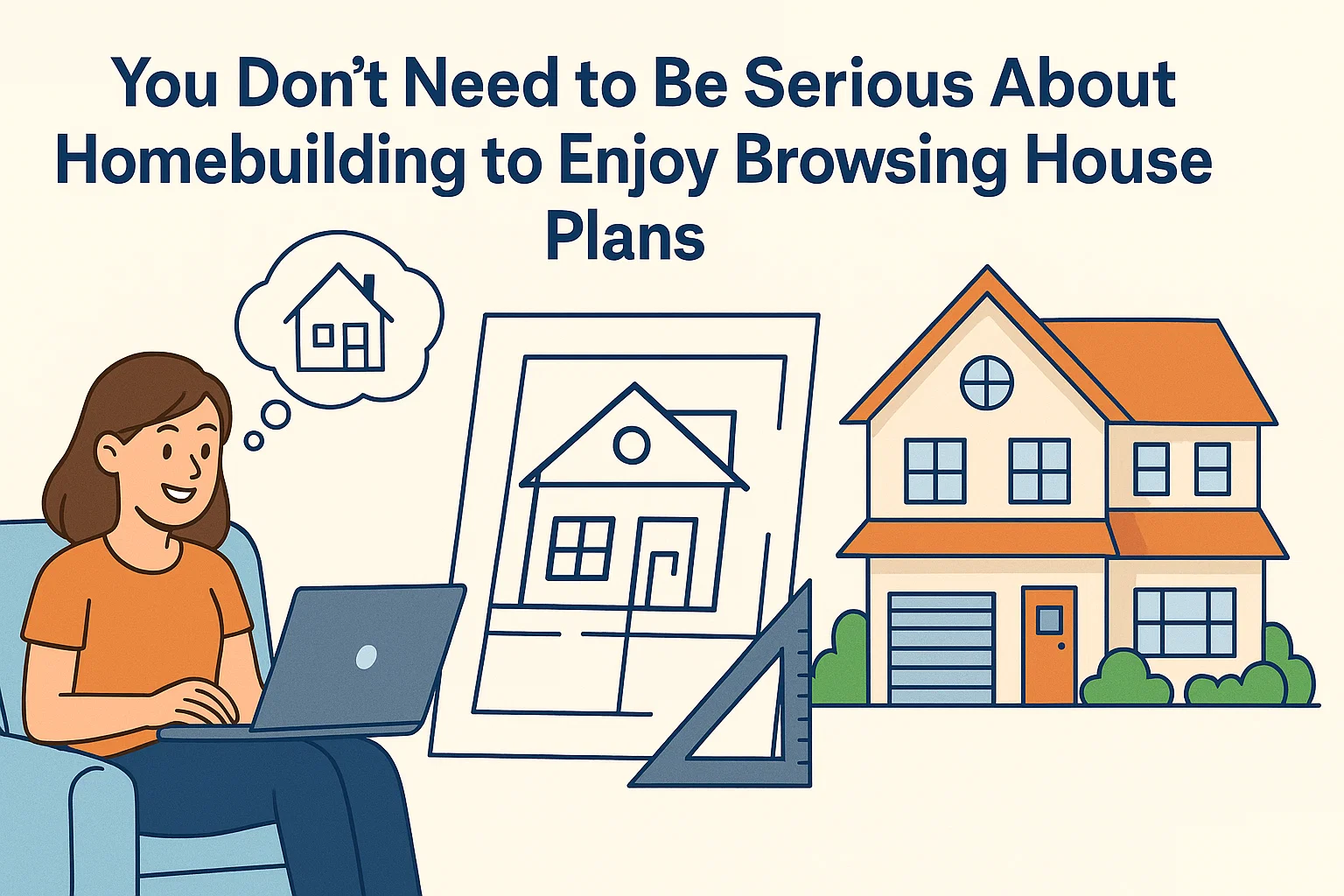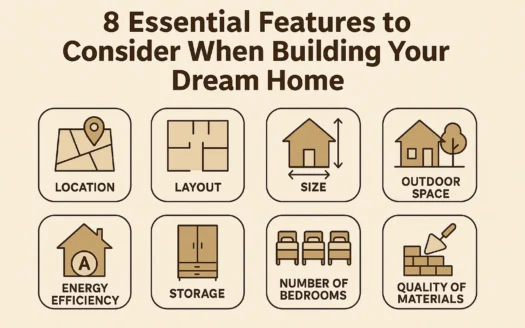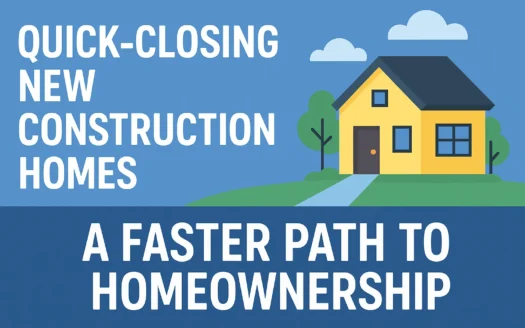You Don’t Need to Be Serious About Homebuilding to Enjoy Browsing House Plans

You Don’t Need to Be Serious About Homebuilding to Enjoy Browsing House Plans
For many, browsing online catalogs or books of house plans is a cherished pastime—a way to explore the American dream without immediate commitment. These collections serve as wish books, offering inspiration for future possibilities. But for those who take the leap, purchasing stock house plans is more common than you might think. The stock plan industry generates millions annually, with estimates suggesting over 100,000 sets of blueprints sold each year. Some firms report selling thousands annually, with builders and contractors accounting for nearly 40% of purchases.
While not everyone turns these plans into reality, many do. Recent data shows 175,000 custom housing starts in a year, with 59,000 being owner-built projects. If you’re considering designing your own home, here’s how to begin:
Step 1: Review Your Budget
Start by understanding affordability. Costs include both the plans themselves and construction. Stock plans range from $850 for digital files to $3,000–$4,000 for detailed CAD designs. Custom design firms often charge $1,000–$2,000 on average—far less than hiring an architect, which can cost 10–20 times more. Stock plans also offer speed: many are delivered within a day, compared to months for custom designs.
Step 2: Determine What You Want
Consider your needs: bedrooms, storage, and lifestyle spaces. To narrow choices, some companies offer study plans (starting at $250) for preliminary reviews. However, these lack full construction details, so avoid relying on them for building.
Step 3: Select Floor Plan Options
Square footage provides a cost baseline:
- Under 1,500 sq. ft.: Starter home
- 1,500–2,200 sq. ft.: Move-up home
- Over 2,200 sq. ft.: Luxury category
Multiply local construction costs per square foot (e.g., $111 nationally in 2025) by your chosen size. Note: Land, utilities, and material upgrades aren’t included.
Step 4: Review Building Site and Contract First
Secure your lot before purchasing plans. Many buyers mistakenly choose plans first, only to discover they’re incompatible with their land.
Step 5: Ensure Plans Meet Local Codes
Most jurisdictions require a local architect or engineer to review and approve plans for compliance with building codes. A plan designed in one state may need adjustments for another.
Step 6: Understand What You’re Buying
Compare plan packages carefully. A full set typically includes:
- Cover letter explaining project scope
- Code compliance details
- Floor plans and electrical layouts
- Foundation and roof outlines
- Permit-ready square footage calculations
Important: Stock plans usually grant permission to build one home. Reusing them for additional projects violates copyright laws.




